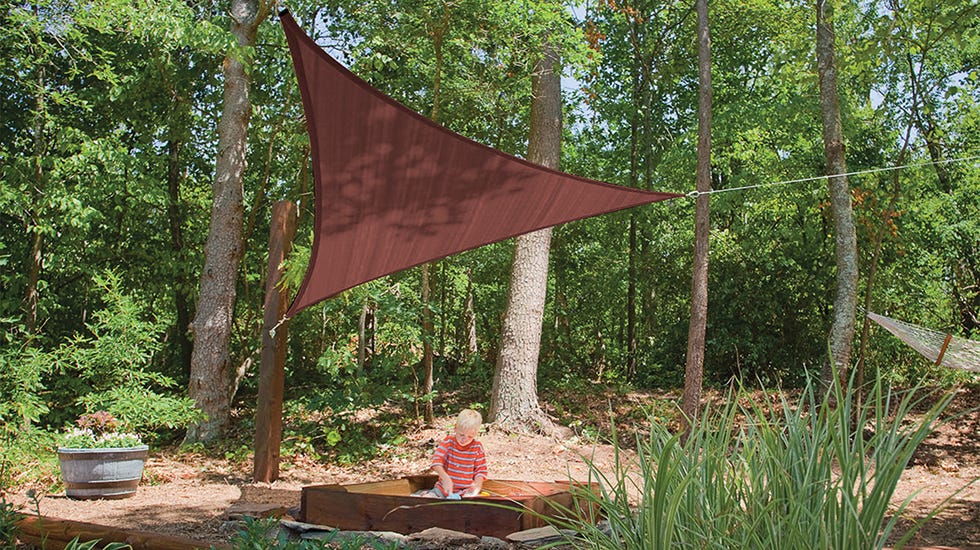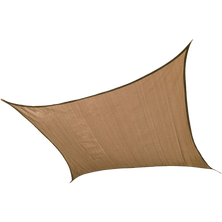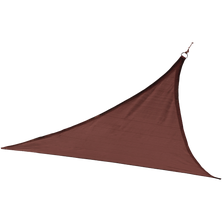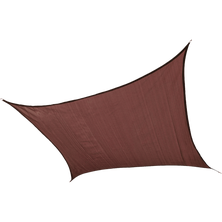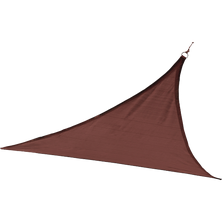Once you own a shade sail, you’ll wonder how you survived without it. Easy to install and just as easy to take down, this portable fabric canopy can be erected just about anywhere you have trees, poles, or structures you can attach it to. And not only does a shade sail offer added sun protection and help you keep cool, but it also looks cool in your garden, above your pool, over your patio, and in numerous other places.
These eight tips will help you make the most of your shade sail:
1) Pick a good spot
Beyond choosing an area with three (for a triangular sail) or four (for a square sail) anchor points, avoid a spot near power lines or other hazards.
2) Slope your shade sail if possible
When a sail is perfectly horizontal, leaves, twigs, and other detritus are likely to collect in the center. In addition to looking ugly, these elements can strain the fabric over time, shortening its lifespan. Even a gentle slope helps prevent buildup—and it looks chic too.
3) Consider the aesthetics
Do you want your sail shelter to be a focal point or to blend in with its surroundings? The answer will help you choose which color, shape, and size you want.
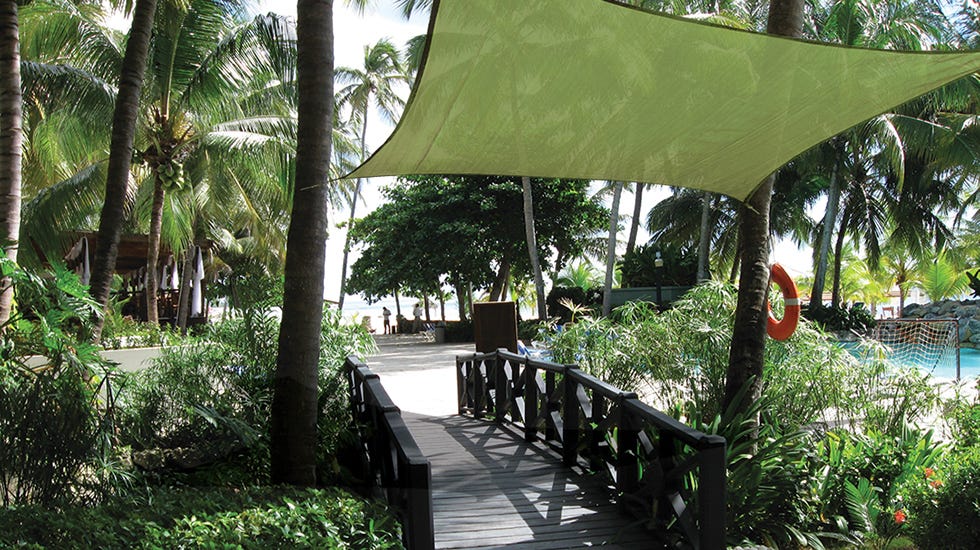

4) Pull it taut—but not too taut
A properly anchored shade sail will not sag, nor will it have any creases or wrinkles. Once you have it taut and wrinkle-free, do not pull it any tighter. Doing so will strain the fabric, possibly resulting in rips or holes.
5) Don’t use it over an open flame
No matter how far above your fire pit or grill you place a shade sail, the heat from the flames can scorch the fabric, burn holes in it, or worse. Avoid this potential fire hazard by placing your shade sail over the area where you’ll be eating rather than where you’ll be cooking.
6) Hand-wash your sail
To prolong the life of your shade sail, don’t throw it in the washer or dryer, and avoid bleach and other strong chemicals while you’re at it. Just hand-wash it with soapy water and a sponge—easy-peasy.
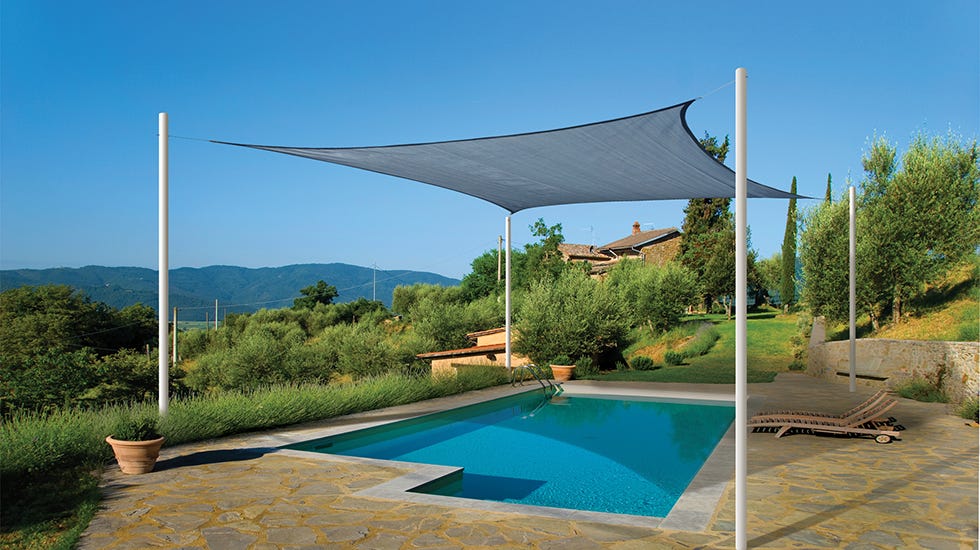

7) Take down your sail during bad weather
Fierce winds, heavy rainfall, hailstones, freezing snow, or even heatwave-level sunlight can harm even the strongest sail shelter. Fortunately shade sails are easy to take down and put back up again.
8) Inspect your shade sail regularly
Look over your sail every week or so, as part of your outdoor maintenance routine. Check the fabric as well as the cords for holes, fraying, or other damage.
And that’s all there is to it! Keep these tips in mind, and you’re certain to enjoy your shade sail for many sunny days to come.

